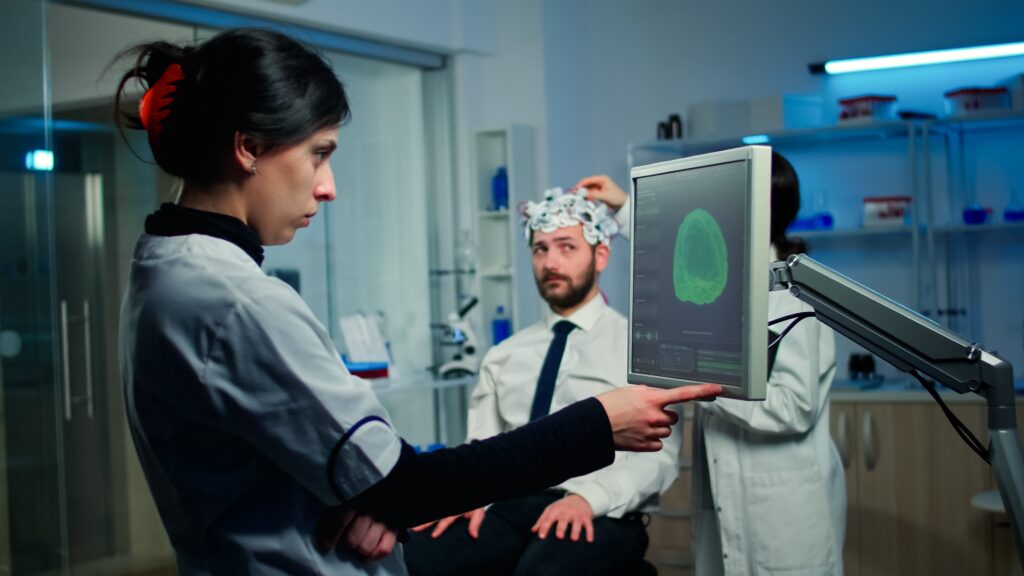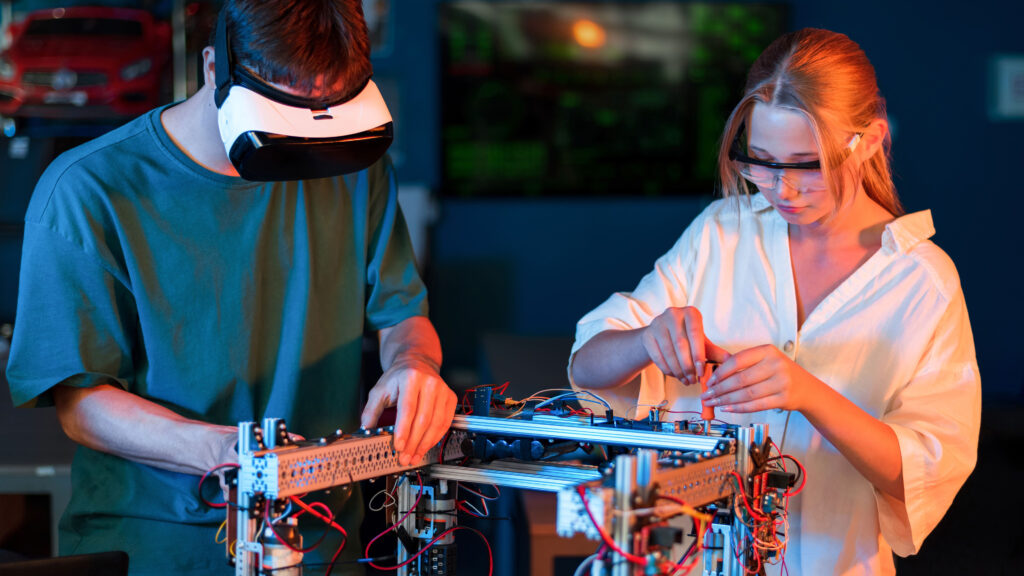CASE STUDIES

A novel data solution for using wearable smart technology to measure physiologic stress
HRVEST is an algorithm that can successfully process enormous volumes of physiologic raw data generated by wearable smart garments and meet the specific needs of Heart Rate Variability (HRV) analyses. HRVEST is a noise-filtering and data-processing algorithm that allows the precise measurements of HRV of clinicians working in an Emergency Department (ED). HRVEST automatically processed the biometric data derived from 413 electrocardiogram (ECG) recordings in just over 15 min. With HRVEST, using wearable smart garments to monitor HRV over long periods of time becomes logistically and feasibly viable for future studies.

Enhancing Military Training Using Extended Reality
This study which was a collaboration between the United States Military Academy, West Point, and the Army Futures Command Devcom Soldier Center, looking at how different display platforms (Microsoft HoloLens, 2D image projected down onto a military sand table, and a 2D tablet) assisted in making tactical decisions. The year-long study found that topographically-shaped surface increased the perceived usability of the interface and reduced cognitive load relative to the flat interface, but did not affect overall task performance (i.e., accuracy and response time). This shows that increasing fidelity and detail in a tactical scenario does not always equate to improved performance.

Validation of Acuity Model for Behavioral Health Patients
The field of behavioral health is ever-evolving, with new models and tools continually developed to enhance patient care. One such tool is the Behavioral Health Acuity Index (BHAI). This case study explores the validation process of the Acuity Model for behavioral health patients and details my role as the lead Data Scientist in this endeavor. Our primary goal was to examine the correlation between qualitative data metrics from nurse assessments and quantitative metrics extracted from EPIC, the electronic health record (EHR) system.

Boyce Human Performance’s Role in Designing Robotic Assistive Technology for Showering
In recent years, advancements in robotic assistive technology have shown great promise in enhancing the quality of life for older adults with disabilities. One such innovation is the development of a robotic shower system designed to help these individuals take showers with greater ease and independence. This case study explores the role of Boyce Human Performance in the design of this groundbreaking technology, in collaboration with the University of Illinois, Urbana-Champaign, under the leadership of Dr. Wendy Rogers.

